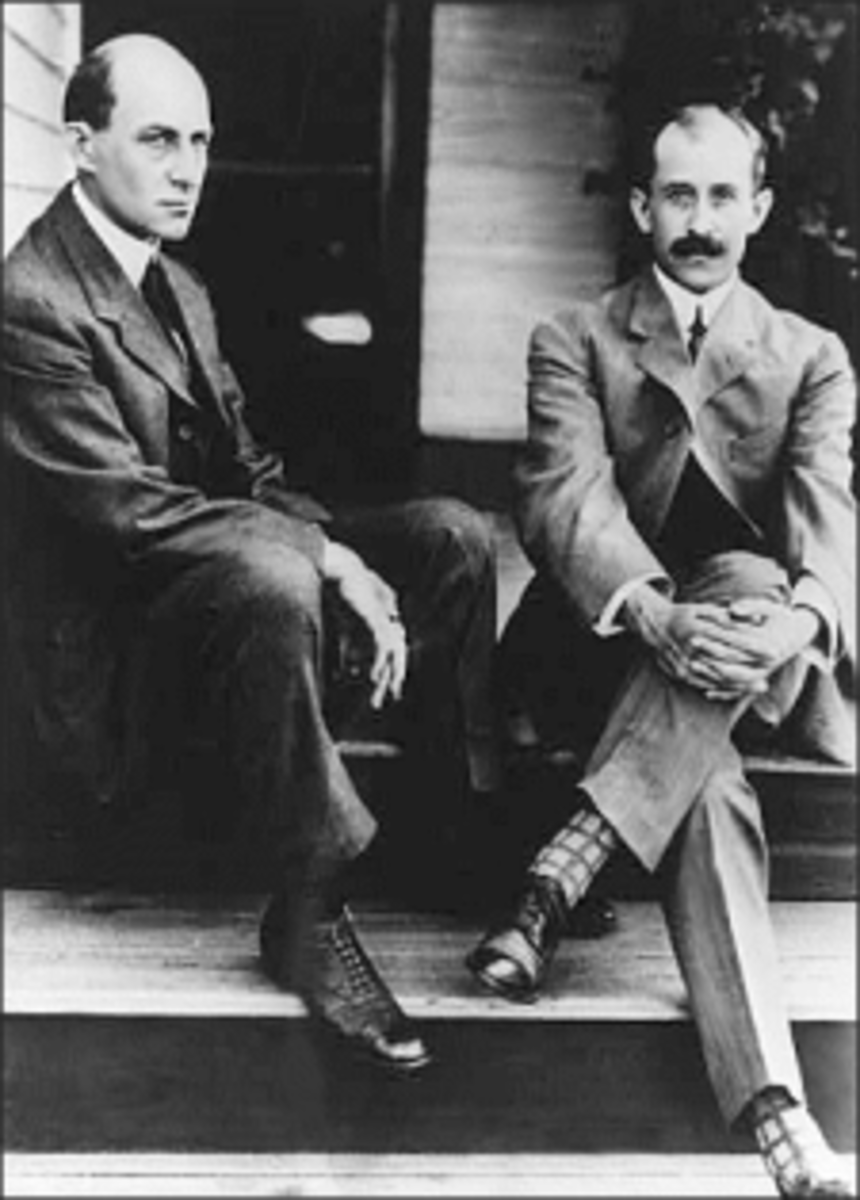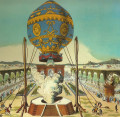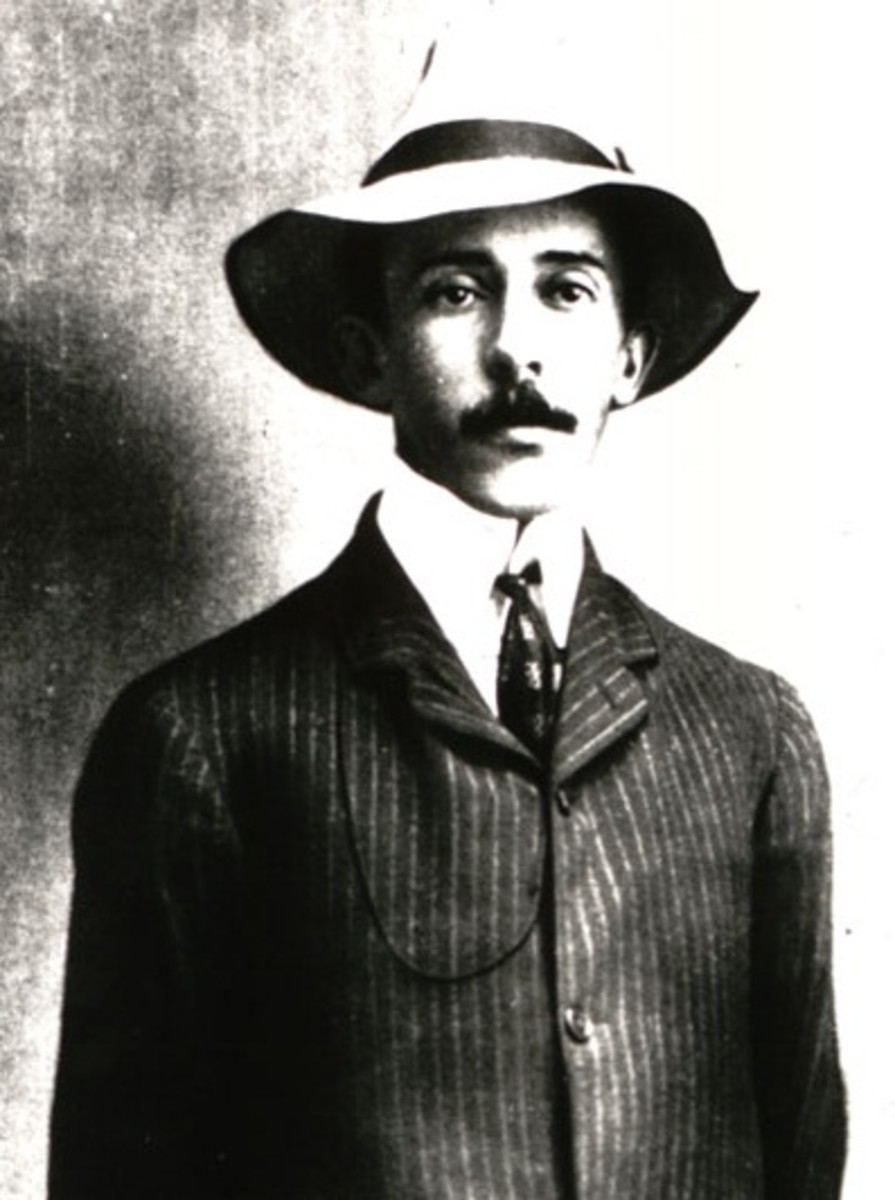The Wright Brothers (Inventor Of Aeroplanes)
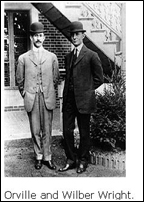
For centuries man dreamt of flying, but he knew that the ‘flying carpets' of the Arabian Nights were nothing but meagre dreams. Wright brothers, however, revolutionized the whole concept turning the fairy tale into a reality.
Aeroplanes have revolutionized the entire mode of human existence. With their application in both peace and war, aeroplanes have shrunk our vast planet into a small world. Furthermore, it was the successful flight of an airplane, which stirred the hope in man to reach for the moon and the planets beyond.Wilbur and Orville were the sons of Milton Wright and Susan Catherine Wright. Wilbur Wright was born in 1867, in Millville, Indiana. Orville Wright, his brother was born in 1871, in Dayton, Ohio. The Wright children were educated in public schools and grew up, as Orville later explained, in a home where "there was always much encouragement for children to pursue intellectual interests; to investigate whatever aroused curiosity." In a less-nourishing environment, Orville believed, "our curiosity might have been nipped long before it could have borne fruit." Both boys received high school education, although neither actually received a diploma. Both of them never got married.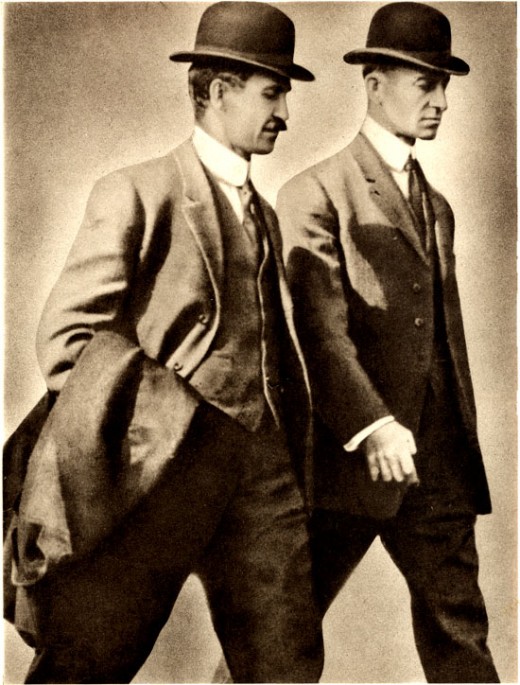
Stuggle For Success
Wilbur and Orville, like their father, were independent thinkers with a deep confidence in their own talents, an unshakeable faith in the soundness of their judgment, and a determination to persevere in the face of disappointment. Both were mechanically gifted, and both were interested in the subject of flying. They were fans of the writings of Otto Lilienthal, Octave Chanute and Samuel P. Langley - the other workers in aeronautics.
Their secret of success lay in the fact that they always worked together and co-operated perfectly with each other. And secondly they, unlike others, decided that they would first learn how to fly before attempting to build a plane.
In 1892, they opened a shop where they sold, repaired, and manufactured bicycles. This provided fund for their interests in aeronautics. Along with this the experience of designing and building lightweight, precision machines of wood, wire, and metal tubing was ideal preparation for the construction of flying machines.
News reports of Lilienthal's death in a glider crash in August 1896 marked the beginning of the brothers' serious interest in flight.
The brothers realized that a successful airplane would require wings to generate lift, a propulsion system to move it through the air, and a system to control the craft in flight. Lilienthal, they reasoned, had built wings capable of carrying him in flight, while the builders of self-propelled vehicles were developing lighter and more powerful internal combustion engines. The final problem to be solved, they concluded, was that of control.
They started working with kites and gliders in 1899. After an unsuccessful attempt they tested their second full-scale glider in 1901, and a third in 1902. The third glider incorporated some of their most important innovations, and they made more than a thousand successful flights with the third glider. By now, the Wright brothers were already the best and most experienced glider pilots.
With the major aerodynamic and control problems behind them, the brothers pressed forward with the design and construction of their first powered machine. They designed and built a four-cylinder internal combustion engine with the assistance of Charles Taylor, a machinist whom they employed in the bicycle shop. Recognizing that propeller blades could be understood as rotary wings, the Wrights were able to design twin pusher propellers on the basis of their wind-tunnel data.
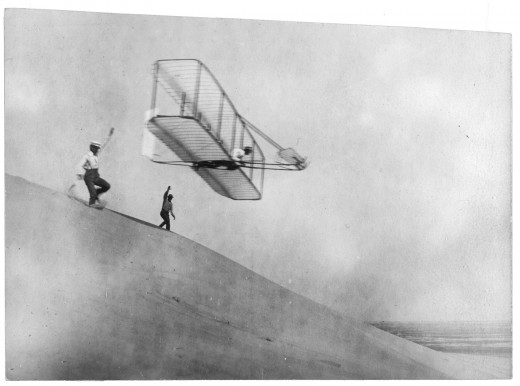
Day Of Success
Their plane, which they called Flyer I, cost less than a thousand dollars. Wilbur made the first attempt at powered flight on December 14, 1903 but he stalled the aircraft on take-off and damaged the forward section of the machine. Three days were spent making repairs and waiting for the return of good weather. Then, at about 10:35 on the morning of December 17, 1903, Orville made the first successful flight, covering 120 feet through the air in 12 seconds. Wilbur flew 175 feet in 12 seconds on his first attempt, followed by Orville's second effort of 200 feet in 15 seconds. During the fourth and final flight of the day, Wilbur flew 852 feet over the sand in 59 seconds. Five local citizens witnessed the four flights. For the first time in history, a heavier-than-air machine had demonstrated powered and sustained flight under the complete control of the pilot. The original plane is now at the National Air and Space Museum in Washington DC.
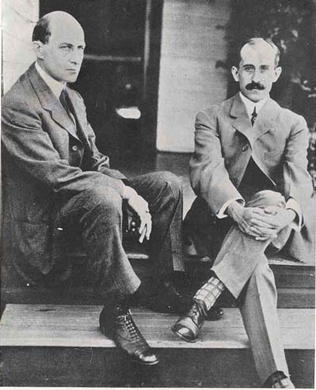
Life After First Flight
The claim of the Wright brothers to have flown was widely doubted. For example, the Paris edition of the Herald Tribune carried an article on the Wright brothers with the headline "Flyers or Liars?" It was almost five years before it was generally realized in the world at large that manned flight had actually been achieved. In February 1908, the Wrights signed a contract for the sale of an airplane to the US Army. They would receive $25,000 for delivering a machine capable of flying for at least one hour with a pilot and passenger at an average speed of 65km per hour. The following month, they signed a second agreement with a group of French investors.
On May 14, Wilbur carried aloft the first airplane passenger-mechanic Charles Furnas.
Following the successful Fort Myer trials, Orville travelled to Germany, where he flew at Berlin and Potsdam. Wilbur made several important flights as part of the New York City's Hudson-Fulton Celebration, then went to College Park, Md., where he taught the first three US Army officers to fly.
In November 1909, the Wright Company was incorporated with Wilbur as president, Orville as one of the two vice presidents, and a board of trustees that included some of the leaders of American business. The Wright Company established a factory in Dayton and a flying field and flight school at Huffman Prairie.
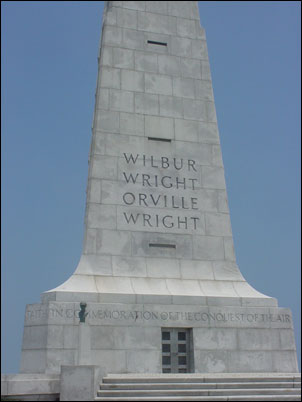
End Of Their Era
Exhausted by business and legal concerns and suffering from typhoid fever, Wilbur died in his bed early on the morning of May 30, 1912. Upon Wilbur's demise, Orville assumed leadership of the Wright Company, remaining with the firm until 1915, when he sold his interest in the company to a group of financiers.
One of the most celebrated Americans of his time, Orville received honorary degrees and awards from universities and organizations across America and Europe. Orville disliked public speaking, however, and enjoyed nothing more than spending time with friends and family in the privacy of his home and laboratory in Dayton. During the last four decades of his life he devoted considerable energy to defending the priority of the Wright brothers as the inventors of the airplane.
On January 27, 1948, Orville suffered a heart attack; he died three days later in Dayton hospital. There is perhaps no better epitaph for both of the Wright brothers than the words crafted by a group of their friends to appear as a label identifying the 1903 Wright airplane on display at the Smithsonian: "By original scientific research, the Wright brothers discovered the principles of human flight. As inventors, builders and flyers, they further developed the aeroplane, taught man to fly, and opened the era of aviation."

